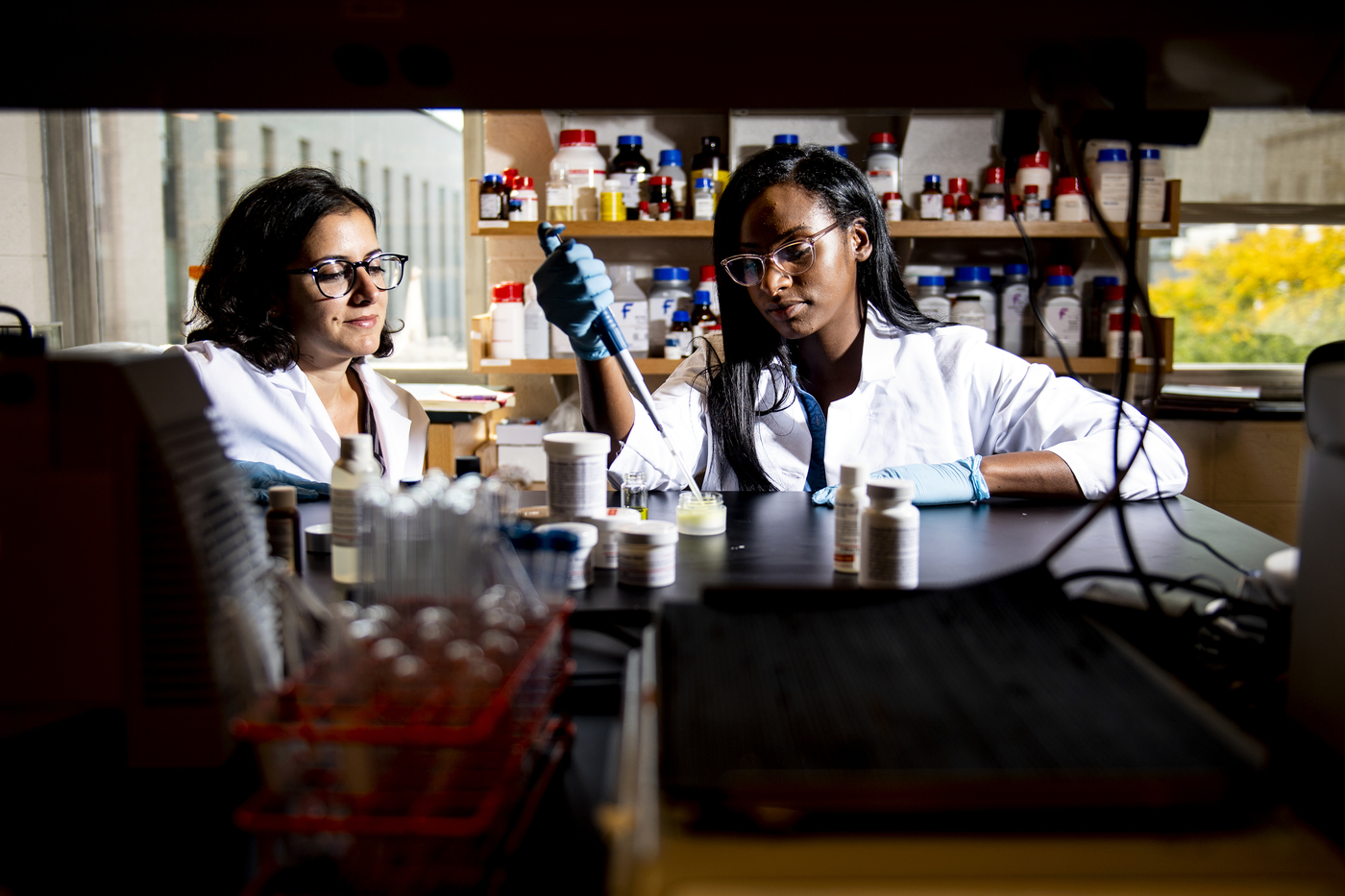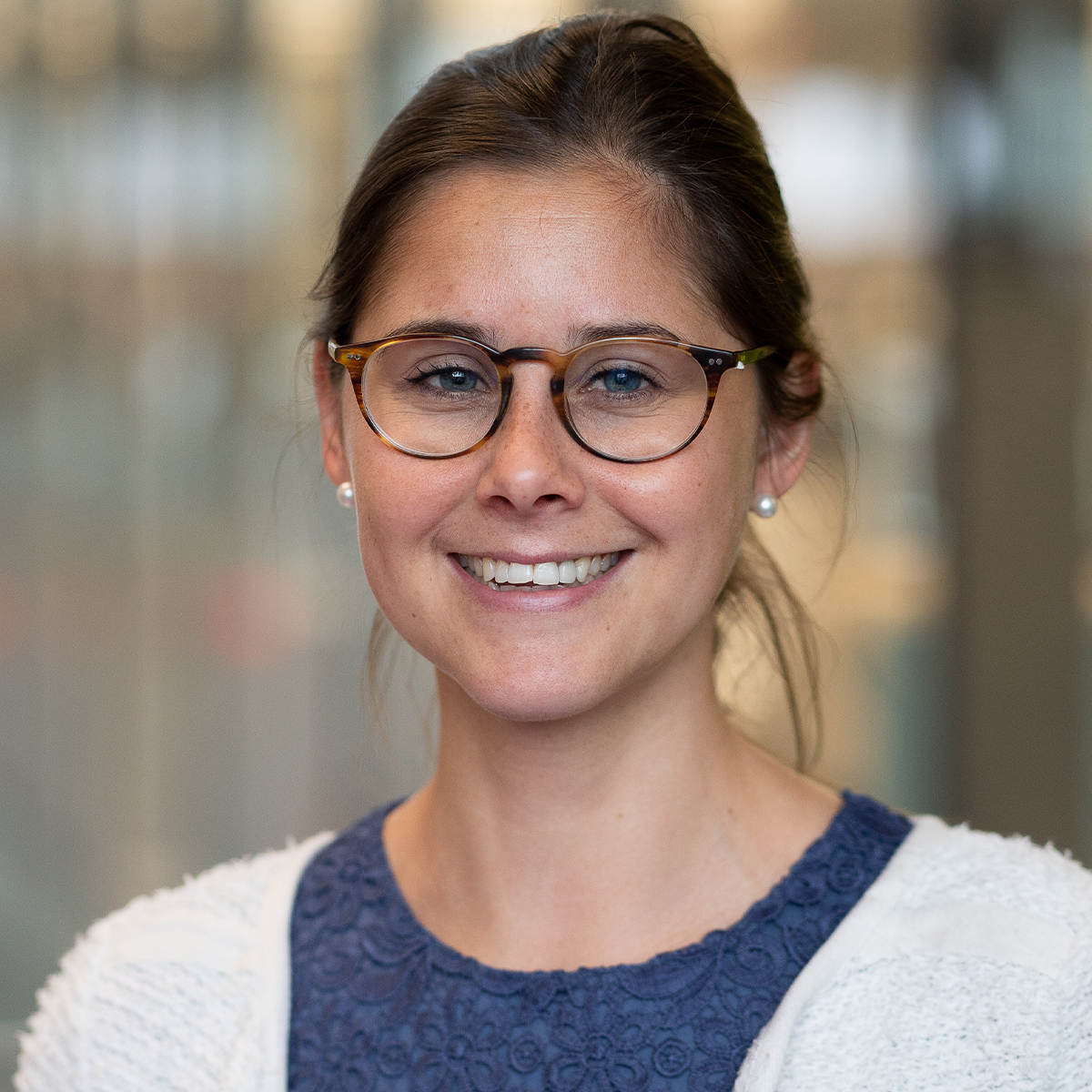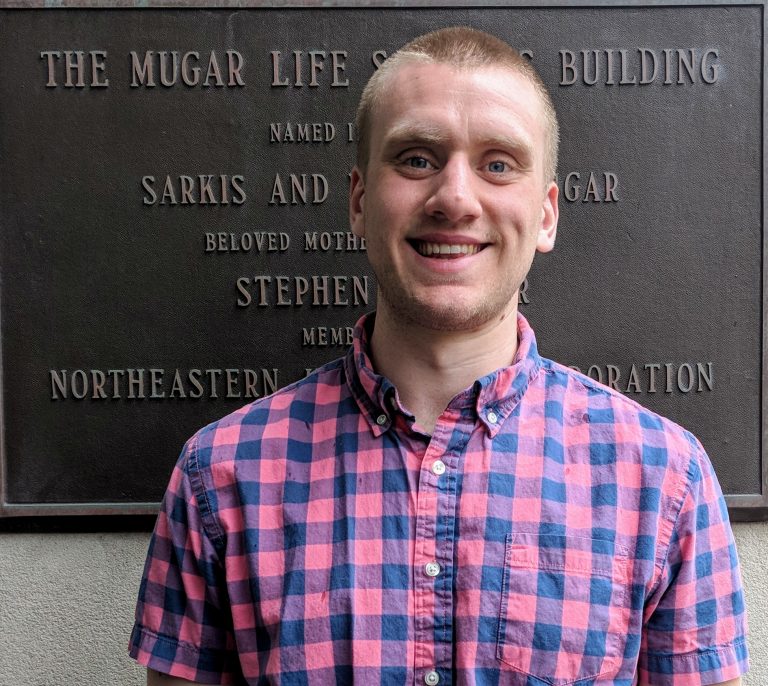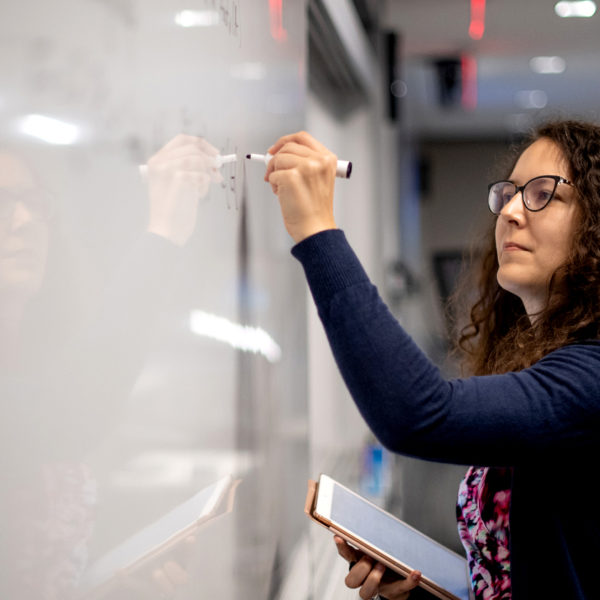The COS Postdoctoral Research Program is personalized for each postdoctoral researcher’s needs and aspirations. Postdocs receive supportive mentoring and guidance in building scientific skills, setting and achieving goals, and project development. In addition to rich research experiences with our faculty members, our postdocs have comprehensive professional development support for a variety of career paths.
Postdocs interested in teaching are supported by the Center for Advancing Teaching and Learning Through Research (CATLR) at Northeastern, which assists with developing skills in scientific teaching, and developing mentored teaching experiences. For those interesting in exploring a career in industry, the Northeastern LEADERS program provides a series of coursework and internship opportunities with trade, government, and non-profit partners.
Our Postdoctoral researchers are supported with competitive salaries and full benefits including vacation and wellness days, health, dental and retirement.
Postdoc Benefits
Building your career at Northeastern means being part of a community committed to helping you and your family thrive.
Learn More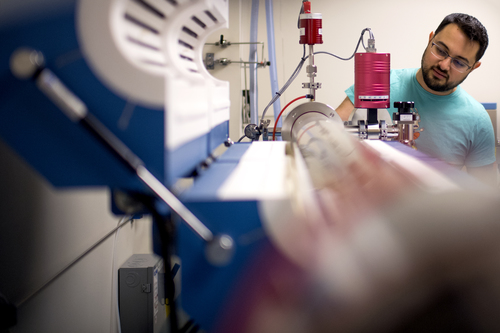
Postdoc Professional Development Resources
Center for Research Innovation (Innovation and entrepreneurship support for Northeastern researchers)
LEADERS (A comprehensive leadership and professional skills development program at Northeastern)
CATLR (Resources and support for teaching and learning for Northeastern educators)
PhD Network (Career development support for Northeastern PhD students and postdocs)
ADVANCE (Mentoring resources collated by the Northeastern Office of Faculty Development)
TOTAL (Professional development opportunities database for postdocs in the Boston area)
COS Intranet/Postdoc Resources (Resources for current COS postdocs)
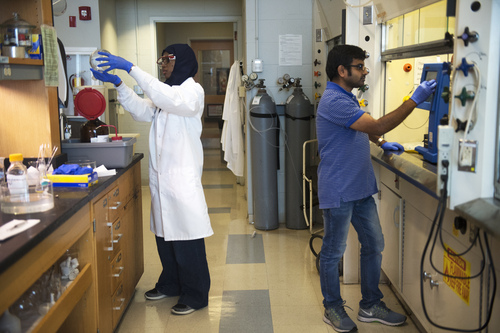
Events
News

